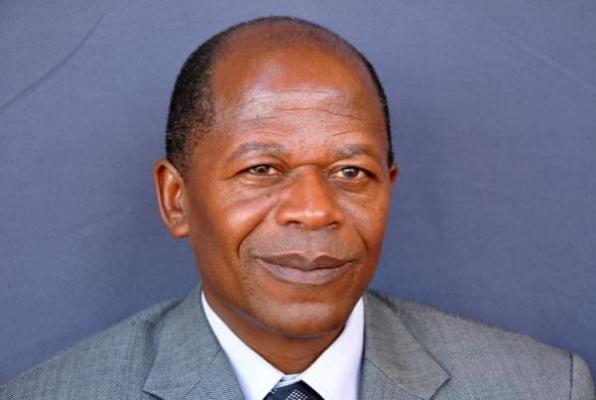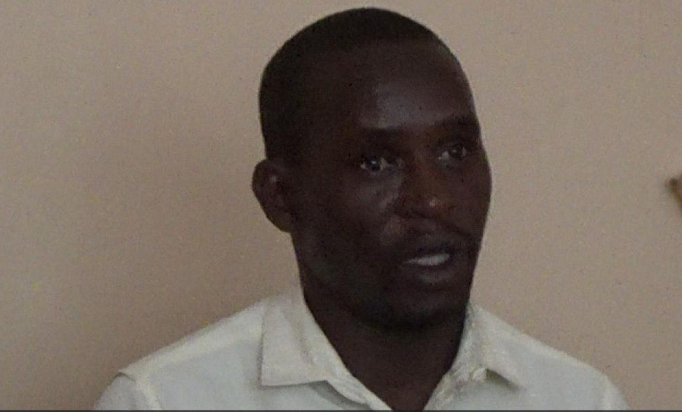State Minister for Higher Education, John Chrysostom Muyingo, says all learners receive their copy of the study materials directly through their respective schools.
School administrators and parents are questioning the value-for-money in the distribution of self-study materials to facilitate remote learning during the ongoing school closures.
The government is spending 48 billion Shillings on the publication and distribution of study materials for pupils in lower primary and upper secondary school.
A total of 19 million copies will be distributed to the learners from Primary One to Four and senior five and six through their schools as part of the third phase of the distribution of self-study materials, to promote continuity in learning during the time of school closures.
Educational institutions were first closed in March 2020, as one of the measures to control the spread of Coronavirus Disease. At the time, Uganda did not have any cases of the virus which was spreading across the globe like wildfire. Since that time, Uganda has lost more the 3,200 people, from 125,788 confirmed cases.
Earlier this year, the government printed 5.43 million copies to benefit learners in upper primary and lower secondary. These were printed and distributed by Baroque Publishers, MK Publisher, and Fountain Publishers through a special grant obtained from the global partnership for education. The grant set aside 20.8 billion Shillings to print and distribute self-study materials.
But Thomas Kitandwe, the headteacher of Kampala Quality Primary School says that the school had already covered the topics that were contained in the distributed materials, by the time they were sent, implying that the materials may be of lesser value to the learners and teachers alike.
He also observes that the materials did not have enough content to cover the syllabus making it hard for learners to enhance what they had earlier received for comprehensive revision. He, however, appealed to the government to ensure that there is value for money especially in the plan for the distribution of study materials.
Expedito Kisekka, the headteacher of St Kizito Primary School, Bwaise, says the government is failing in its planning capacity, a reason it is sending out study materials, two months to the planned reopening of educational institutions.
“Home study material is crucial for the learners at home and those in the lower primary who have stayed at home for a longer period of time without attending class due to the pandemic. However, this should not be done in a panic and last minute,” Kisekka questioned.
David Ssengendo, the headteacher of Buganda Road Primary School acknowledges that the intervention supports the learners to stay active, but hastened to add that the first batch of reading materials lacked the basic interpretation for learners who did not have people to help them understand the content.
Ssengendo added that communities were receiving fewer copies than the student population, and as a result, the intervention left out a number of would-be beneficiaries.
Rita Mukisa, a parent of a primary six pupil at Lohana Primary School says she has never received any copy of study materials since the closure of schools. But Darwin Ssebaduka, a parent of four in Makerere says his children last got the study material in 2020 when the copies were distributed through the village chairpersons. He, however, explains that as an un-educated parent the situation was not easy for him as he could not help his children interpret the content well. He says this left them not fully benefiting from the material.
State Minister for Higher Education, John Chrysostom Muyingo, says the government will ensure that all learners receive their copy of the study materials directly through their respective schools. He, however, says the system may not favour boarding schools whose learners live in distant communities, asking the headteachers to improvise and reach out to their parents.
Several private schools in the precincts of Kampala say that they have never officially received copies of the self-study materials from the Ministry of Education.
At Kabojja Junior School, the administrators said they have been engaging learners online since last year based on the syllabus, but without using the self-study materials while Greenhill academy received only a few copies compared to the number of learners in a targeted class.
Meanwhile, a new study released on Thursday by the UN Children’s Fund, UNICEF shows that at least 200 million boys and girls live in countries that do not have the resources to deal with remote learning during any future emergency school closures. More than half, or 102 million, are students in 14 countries which either fully or partially closed their classrooms for at least half of the COVID-19 pandemic, according to the Remote Learning Readiness Index.
The report measures countries’ readiness to provide remote learning when in-person education is disrupted and covers nearly 90 per cent of students in low and middle-income countries. It also examines the limitations of remote learning and inequalities in access and warns that the situation is likely far worse than available data shows.
The report found pre-primary education to be the most neglected level. Many countries did not deploy a corresponding policy during the pandemic, therefore the youngest learners were left behind during their most critical years of development.
“Even in the midst of an ongoing emergency, we know there will be another one, but we aren’t making enough progress to ensure the next time students are forced out of the classroom, they have better options,” said Henrietta Fore, the UNICEF Executive Director.
-URN





